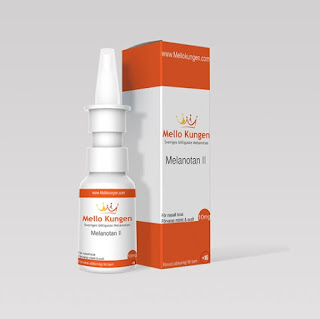Sunless tanning treatments that are offered in some stores?
DHA is authorized for use on the outside of the human body, which is how these supplements are meant to be utilized and it is simple for the consumers to inhale them.
The FDA mandates ingredient disclosures on cosmetics supplied to consumers at retail under the jurisdiction of the Fair Packaging and Labeling Act (FPLA). Consumers will be able to see what substances are in the items they buy, and will be able to avoid those to which they are allergic. The FPLA, on the other hand, does not apply to items that are only used by professionals, such as those used in spray tanning booths.
DHA is a color additive that may be used to color the human body. However, it is exclusively used externally in cosmetics, particularly sunless "tanning" treatments (21 CFR 73.2150). The CFR defines "externally applied" cosmetics as those "applied only to external parts of the body, not to the lips or to the other mucous membrane part of the covered body surface" (21 CFR 70.3v). One example is the Toxicology data from the tanning booths of lotions that have been withheld from the FDA. In addition, no color additive may be used in eye cosmetics unless it is explicitly permitted for that purpose (21 CFR 70.5a)
Remember that using of DHA near the eyes is banned and the CFR defines "area of the eye" as a very critical area to be very careful of. The rules governing DHA as a color additive also place strict restrictions on contaminants. Volatile matter should not exceed 0.5 percent when measured at 34.6°C for three hours at a pressure of 30 mm mercury.
Who is the one responsible for the spray tanning booths' safety?
With the exception of color additives, the FD&C Act doesn’t allow the FDA to approve cosmetic goods or components. Marketers are responsible for ensuring that the goods they sell are safe when used according to labeled or customary instructions and are correctly labeled. Firms and individuals that break the legislation can be prosecuted by the FDA. Local and state health agencies are typically responsible for the administration of such products by professionals, such as at salons.Has the FDA received any complaints of sunless tanner-related side effects?
Consumers have reported rashes as well as other unpleasant effects linked with sunless tanning or with the use of lotions and creams. It's unclear which, if any, ingredient or combination of ingredients in the sunless tanning products of lotions caused these adverse events, whether an individual's allergic reaction played a role, or whether factors unrelated to the sunless tanning products, such as pre-existing medical conditions, may have played a role.The FDA mandates ingredient disclosures on cosmetics supplied to consumers at retail under the jurisdiction of the Fair Packaging and Labeling Act (FPLA). Consumers will be able to see what substances are in the items they buy, and will be able to avoid those to which they are allergic. The FPLA, on the other hand, does not apply to items that are only used by professionals, such as those used in spray tanning booths.
What should I do if I have a negative response to sunless tanners or other cosmetics?
Consumers and healthcare practitioners can report adverse reactions to cosmetic goods, such as sunless tanners, to the FDA office closest them, which can be found in the blue part of the phone book.What is the legal status on DHA and other color additives?
Remember that using of DHA near the eyes is banned and the CFR defines "area of the eye" as a very critical area to be very careful of. The rules governing DHA as a color additive also place strict restrictions on contaminants. Volatile matter should not exceed 0.5 percent when measured at 34.6°C for three hours at a pressure of 30 mm mercury.






Comments
Post a Comment